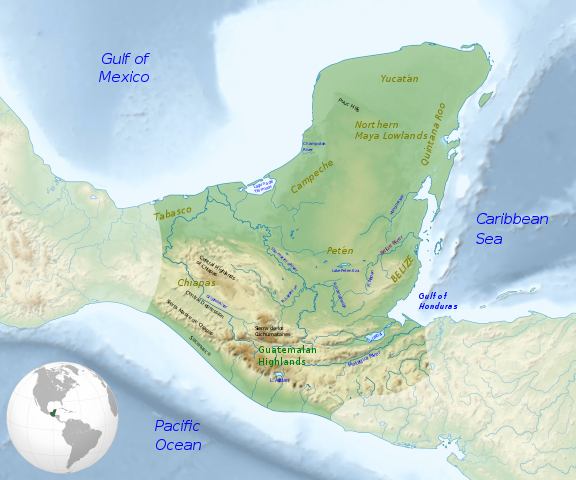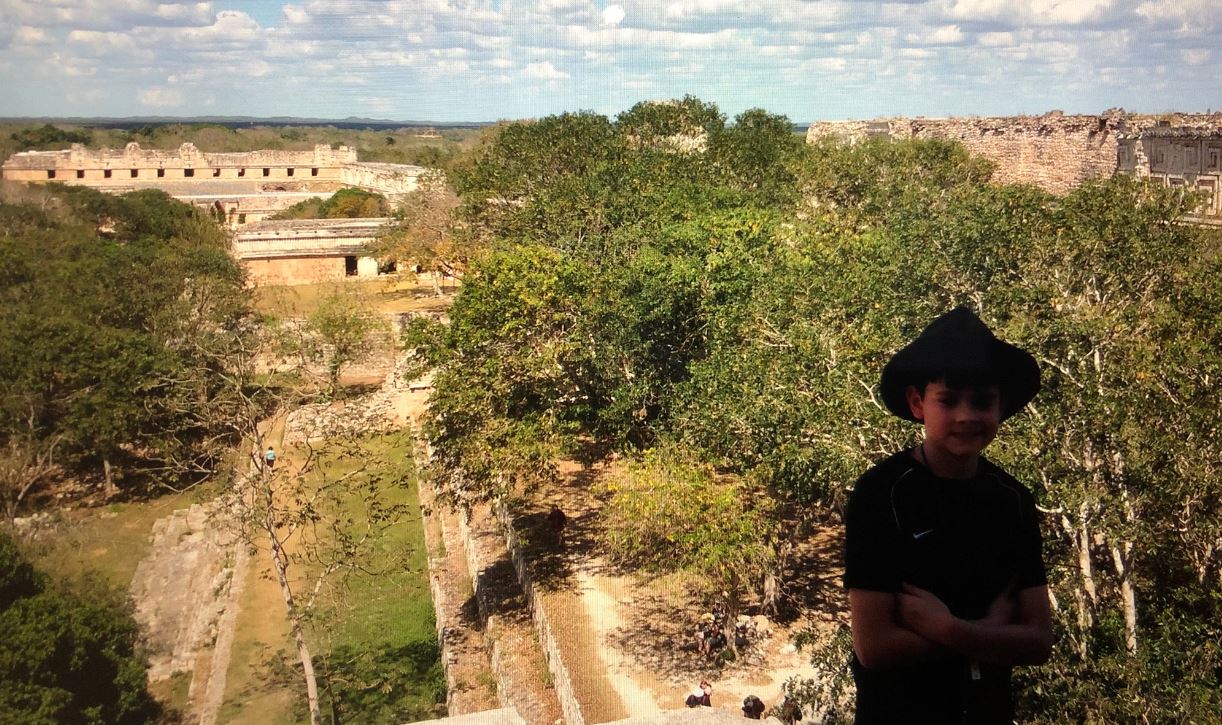The Maya are an indigenous people of Mexico and Central America who have continuously inhabited the Mexican States of Yucatan, Quintana Roo, Campeche, Tabasco, and Chiapas. The empire also spread southward into Guatemala, Belize, El Salvador and Honduras. The designation of the term "Maya" comes from the ancient Yucatan city of Mayapan. This was the last capital of a Mayan Kingdom in what historians identify as the Post-Classic period. The Maya people will mostly refer to themselves by ethnicity and language as, "Quiche" outside of Mexico, or sometimes as "Yucatec", for those living on the Mexican Yucatan Peninsula. The Mayan Empire has demonstrated some of the most famous and picturesque structural ruins. The culture was brought to world-wide attention beginning primarily through the research of John Lloyd Stephens and Frederick Catherwood in the mid 1840's. Contrary to some popular conceptions, the culture is not that mysterious despite Spanish colonial efforts to remove Mayan culture during the colonial era. The Maya and the descendants of the people who built the great cities of Chichen Itza, Tulum, Bonampak, Uxmal and Copan still exist on the same lands that their ancestors once inhabited. They continue to practice many of the same rituals which were practiced by the natives of the land over a thousand years ago.
The Classic Maya Period: 250-950 CE – This is the era which saw the consolidation of power in the great cities of the Yucatec Maya such as Chichen Itza and Uxmal (Younger me at Uxmal in picture below). Influences (Genius) that the Maya learned from other cultures may be seen from the Olmecs and the Zapotecs at a number of archaeological sites. However, a whole new distinctive culture began to emerge at sites like Chichen Itza where (there is still a lot of outside influence), there is a significantly different style to the art and architecture (New Genius). This new distictively Mayan culture was present at the height of the Maya civilization. During this period, the Mayans perfected mathematics, astronomy, architecture and the visual arts and also refined and perfected the calendar.

